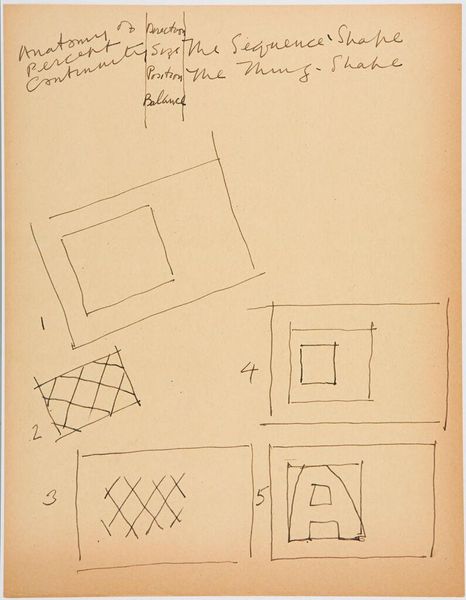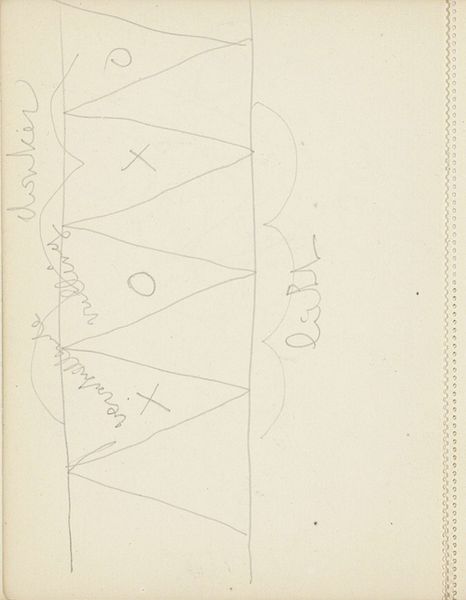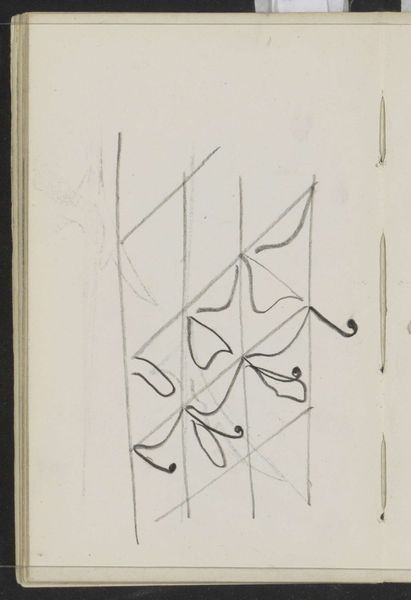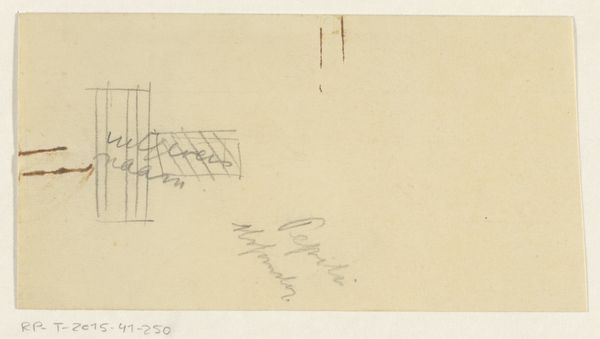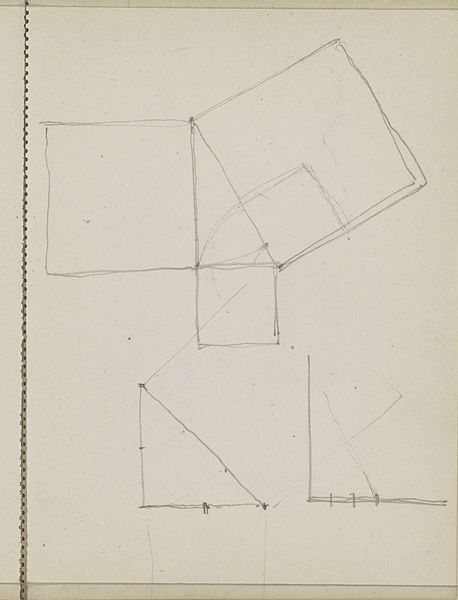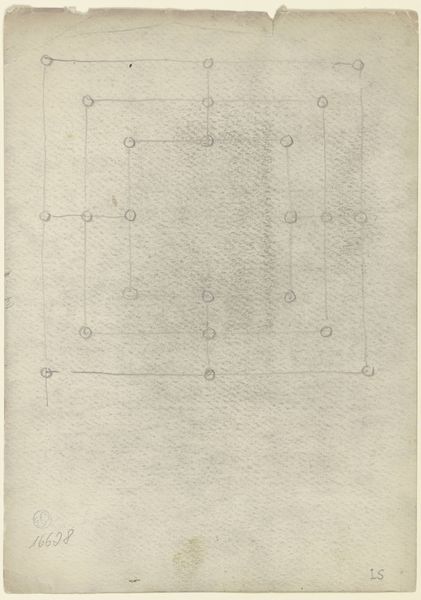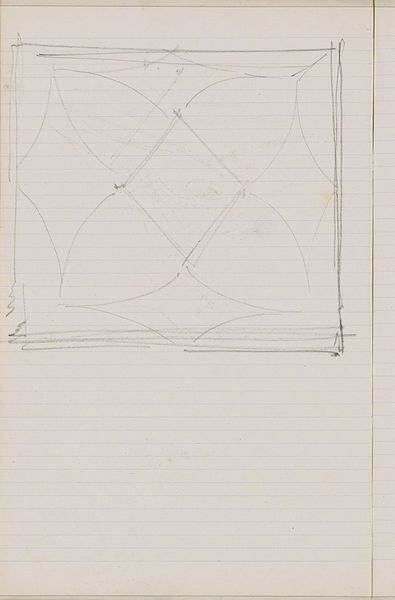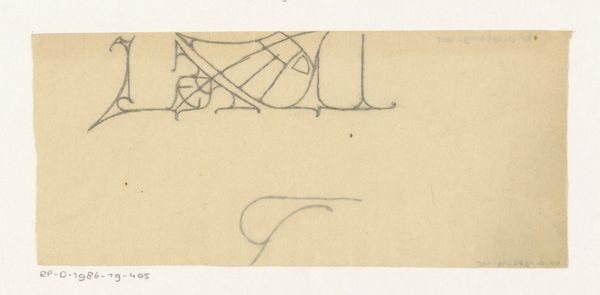
drawing, print, paper, pencil
#
drawing
# print
#
landscape
#
paper
#
geometric
#
pencil
Dimensions: sheet: 6 15/16 x 4 15/16 in. (17.6 x 12.6 cm)
Copyright: Public Domain
This pencil drawing of the Iron Gate at Canterbury Cathedral was made anonymously, in England, on July 2nd, 1883. Its depiction of an architectural detail raises important questions about the function of art and the institutions that support it. Notice how the image is not just a mimetic representation. The regular, repetitive patterns, and the stark lines lend themselves to abstraction. The subject is not just a gate, but an exercise in geometric design. But it is also an image of a specific gate in a specific, culturally significant building, and thus we can consider it as an aesthetic document of that building’s cultural significance. Canterbury Cathedral is the seat of the Archbishop of Canterbury, leader of the Church of England, and has been a site of pilgrimage since the Middle Ages. To better understand this drawing, we could consider the history of Canterbury Cathedral, the religious politics of Victorian England, and the aesthetic values of the late 19th century. Art is always made in a specific context and a close analysis of that context can help us to better understand it.
Comments
No comments
Be the first to comment and join the conversation on the ultimate creative platform.


